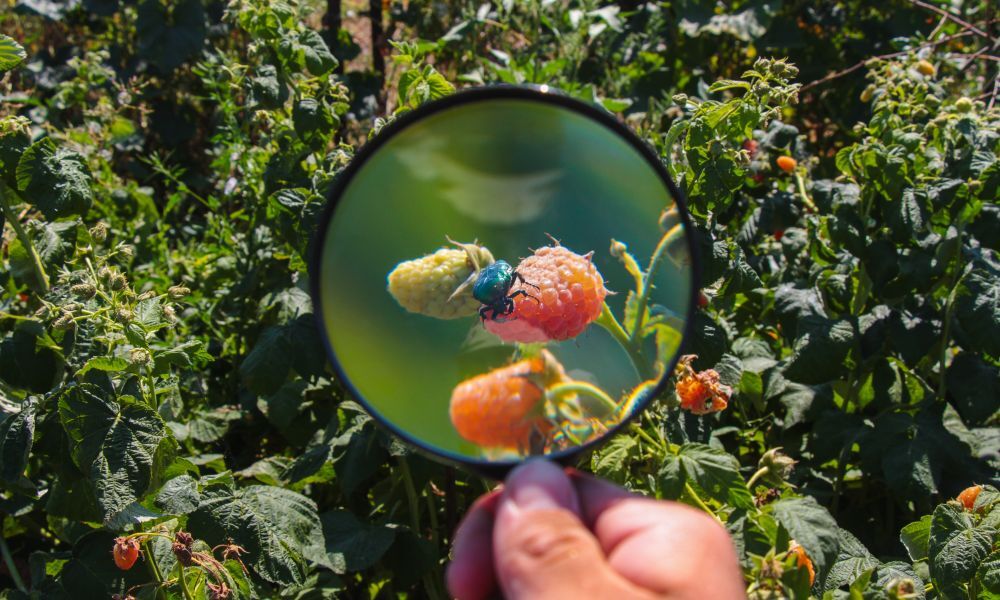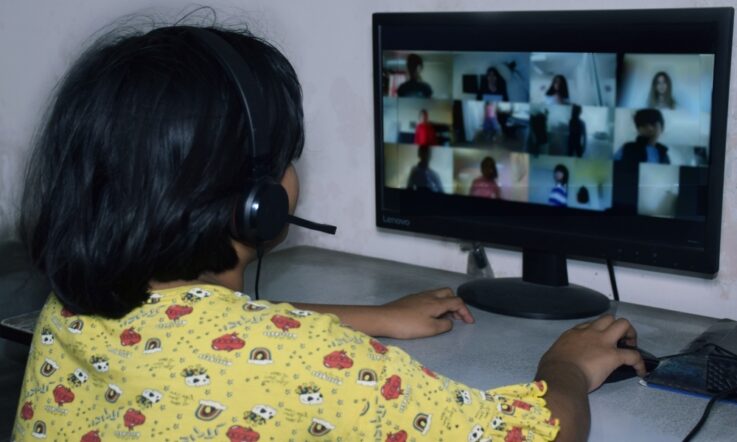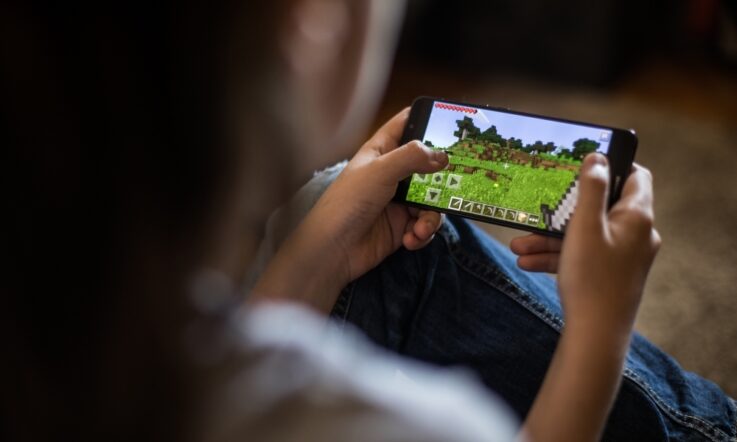The COVID-19 pandemic has kept millions of school-going children at home and this confined-to-home situation is likely to continue for a while. So how can teachers partner with parents to support students learning during school closures?
As a science teacher, you may ask parents to begin by encouraging children to learn through observation. This is something children can do with ease and without getting tired. Careful selection of a subject is key to making any observation exercise fun, and systematic observation can also teach patience to children.
To take an example, parents can ask their children to observe a living creature commonly found in their houses, say a spider. It can be easily spotted in our homes and can fascinate children with its incredible architectural skills and inquisitive nature.
Provide a handbook to parents which imparts accurate facts about spiders. They can read the information aloud while children undertake the observation exercise and learn about spiders. For instance, spiders are not insects but arachnids. Insects have six legs and belong to the class Insecta, unlike spiders which have eight legs and belong to the class Arachnida. Other species that fall under this family are scorpions, mites, ticks, and so on.
Spiders are known for their architectural skills in creating webs. One cannot but admire this magnificent creature which weaves threads between two walls or branches of trees. At home, spider webs can be often found in the corners of the ceiling and walls.
Ask parents to help children understand where spiders construct webs and why they choose those specific places. Spider webs are seen around tube lights, windows, the insides of window grills, behind curtains, below cots, and many such nooks and crannies. We do not reach these places often and that could be one possible reason for spiders to choose these safe spaces.
Another reason is hunting for prey; Kaston wrote in early 1964 that spiders spin webs to catch their prey. Flies, moths, and insects get stuck to the sticky web thread and spiders prey on and eat them.
Exercise one
Keeping these points in mind, children can look for spider webs in their houses – above tube lights, behind curtains, and window grills.
- Light attracts moths and flies.
- Curtains shield mosquitoes (prey).
- Window grills act as gates for flies and mosquitoes mainly in the evenings.
As children observe closely, they witness the ingenuity of spiders. Spiders screen potential spots by looking at the movements of insects and spin their webs. They think and learn.
But not all webs bring spiders food. Many webs sit idly without any kill for days. The size of the web can also decrease over time. Koichi Tanaka in his 1989 research pointed out that many spiders eat their own webs instead of abandoning them. By doing so, they regain the protein lost that went into constructing it in the first place. The parent handbook should have all this information so that caregivers can narrate genuine facts.
There are other places like windows that we never open and lower corners of the main door where webs can be spotted. Are those webs for hunting or could there be another reason?
Ask parents to recapitulate to their children why spiders spin webs. Vollrath in 2007 highlighted that besides hunting, webs are used to lay eggs, protect food, or even chase away predators.
Exercise two
The places that remain undisturbed at home are ideal destinations for spiders to lay eggs.
Parents can also engage in a house cleaning activity with their children − look for traces of spider webs and wipe out abandoned ones. However, they should think twice about those webs which have a spider inside them. Why so? Spider webs have an important role – natural pest control – in our ecosystem. At home, they keep the insect population under check, and in farms, they control the populations of disease-causing pests.
Children will learn and remember facts through such interactive activities while parents read out relevant information from the handbook.
As a teacher, have you co-opted parents in your students’ learning activities? Have you created a handbook for parents that helps them to engage in their child’s learning? What could be the learning outcomes of this exercise? What could be some other playful learning activities during schooling at home?



